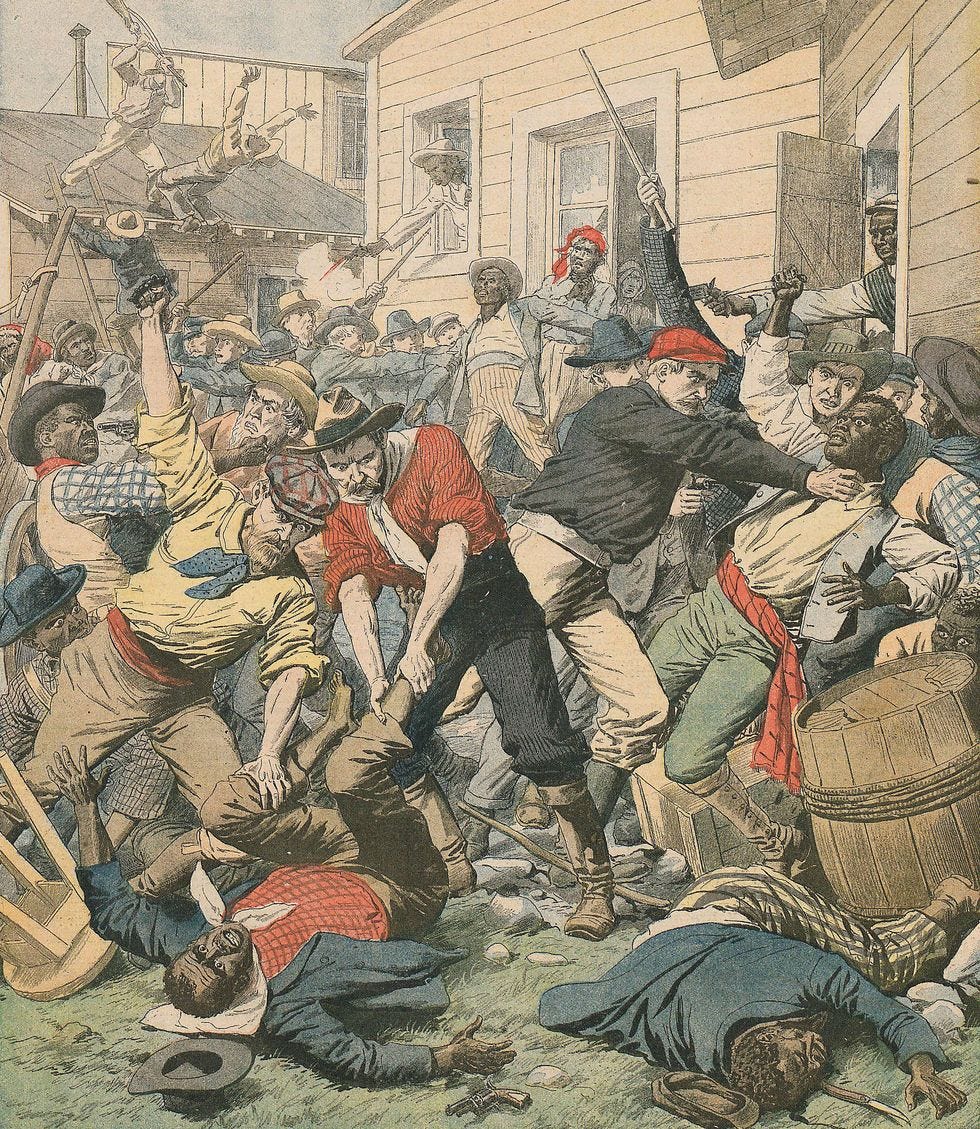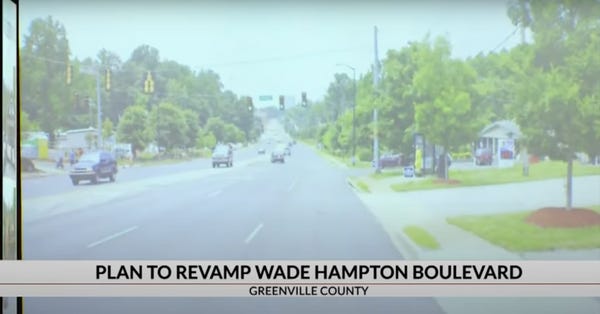Why Do We Keep Honoring Confederate Traitors No Matter The Cost?
The nightmare on your Confederate-named streets.
It turns out there’s a high price for whistling Dixie in the 21st Century. According to a study conducted at Emory University, which reviewed home sales data across 35 states, street addresses that bear the names of Confederate traitors sell for three percent less on average than homes of similar size and age on nearby streets that aren’t named after racist scumbags.
That works out to a mean Confederate home-sale discount of about $7,000 on a $240,000 home. Houses on Confederate streets also take longer to sell than otherwise comparable homes, according to a review of home sales data across 35 states.
“Some of the discussions about Confederate streets so far have focused on the principled reasons, the benefits of changing the name versus the cost of changing all the signs,” says T. Clifton Green, finance professor at Emory University and the study’s lead author. “There could also be economic benefits to changing these things.
I can’t relish the lower property values, because it’s not the fault of the home owners but rather the government that insists on commemorating objectively horrible people. But is it really about honoring the memory of Jefferson Davis and Robert E. Lee or expressing collective contempt for Black people? If we don’t live on these streets, we still drive along them while trying to live our lives. We really don’t want to think about our oppressors, but we have no choice.
In my hometown of Greenville, South Carolina, there’s a Wade Hampton Boulevard. Wade Hampton was a Confederate general who at one point owned almost 1,000 enslaved Black people. Their unpaid labor helped his plantations earn the equivalent to $6 million a year in today’s money. After the Civil War and Reconstruction, Hampton led the Redeemers, a political coalition of Southern conservatives who sought to reclaim political power and enforce white supremacy. They used violence and threats of violence to undermine and suppress the liberal vote. By 1876, just six years after Black men gained the right to vote, Louisiana, South Carolina, and Florida were the only Southern states left “unredeemed” (i.e. restored to white rule). Rutherford B. Hayes, a Union general and one-time abolitionist, agreed to withdraw federal troops and abandon Black Southerners in exchange for the presidency. Joe Manchin and Kyrsten Sinema probably admire his bipartisanship.

The cover of French magazine Le Petit Journal in October, 1906, depicting the Atlanta race riot
The Red Shirts were prominent supporters of Wade Hampton’s campaign for South Carolina governor. They were a white supremacist terror group considered the paramilitary arm of the white conservative South. The name was a mocking reference to the so-called “bloody shirt” speech from Sen. Oliver P. Morton, a close ally of Lincoln’s, denouncing violence inflicted on Northern soldiers and so-called “carpet baggers.” The speech was intended to appeal to their humanity, but instead racist thugs started proudly wearing red shirts as a symbol of defiance and resistance for white conservatives in South Carolina (who then identified themselves with the Democratic Party). The cruelty was always the point. Nice white ladies sewed red flannel shirts and other red garments. They even wore red ribbons in their hair or around their waists. Young men who were too young to fight in the Civil War wore red shirts to show that the Confederacy still endured.
Red Shirts actively intimidated Black voters and any white voters who weren’t on the right side politically. They were especially active in the states were Black people were the majority. They crashed political meetings, disrupted organizing efforts, and terrorized Black voters to keep them from the ballot box. Black citizens had the franchise for barely a decade but stopped voting from fear, and others were coerced into voting for white conservative politicians (then Democrats) under pressure.
In South Carolina counties not far from where I grew up, Black men who dared vote were driven from their homes and whipped, and many Black political leaders were murdered. During the 1876 elections, white conservatives in the state voted "early and often,” while the Black vote was violently suppressed. Wade Hampton’s path to the governor’s mansion was especially bloody. Nicholas Lehman, in his book Redemption: The Last Battle of the Civil War ,estimated that 150 Black South Carolinians were murdered during his campaign.
Wade Hampton was a monster. He owned and exploited a small town of Black people. He fought against the United States, and he led a violent insurrection to restore white supremacy, effectively ending true democracy in South Carolina.
And now Wade Hampton is the name of a suburb in Greenville County, as well as a high school, golf club, and a major thoroughfare. Maybe South Carolina will confront this brutal history if the property values continue to drop, but the government might consider the ongoing insult a bargain at any price..
Follow Stephen Robinson on Twitter.
Do your Amazon shopping through this link, because reasons .
Yr Wonkette is 100 percent ad-free and entirely supported by reader donations. That's you! Please click the clickie, if you are able.



Much of the Pacific Northwest was settled by southerners, and we have King and Pierce counties in Washington who were named after slave holders. When they changed the name to Martin Luther King County there was a lot of resistance. The former Empire Way in the south end of Seattle took years of controversy to rename MLK Boulevard, with activists changing street signs themselves.
https://crosscut.com/2019/0...
Thank you! I've always wondered. I wonder who Chandler was then? Chandler St is in between Grant and Robinson St, so I've always assumed it was part of the set.